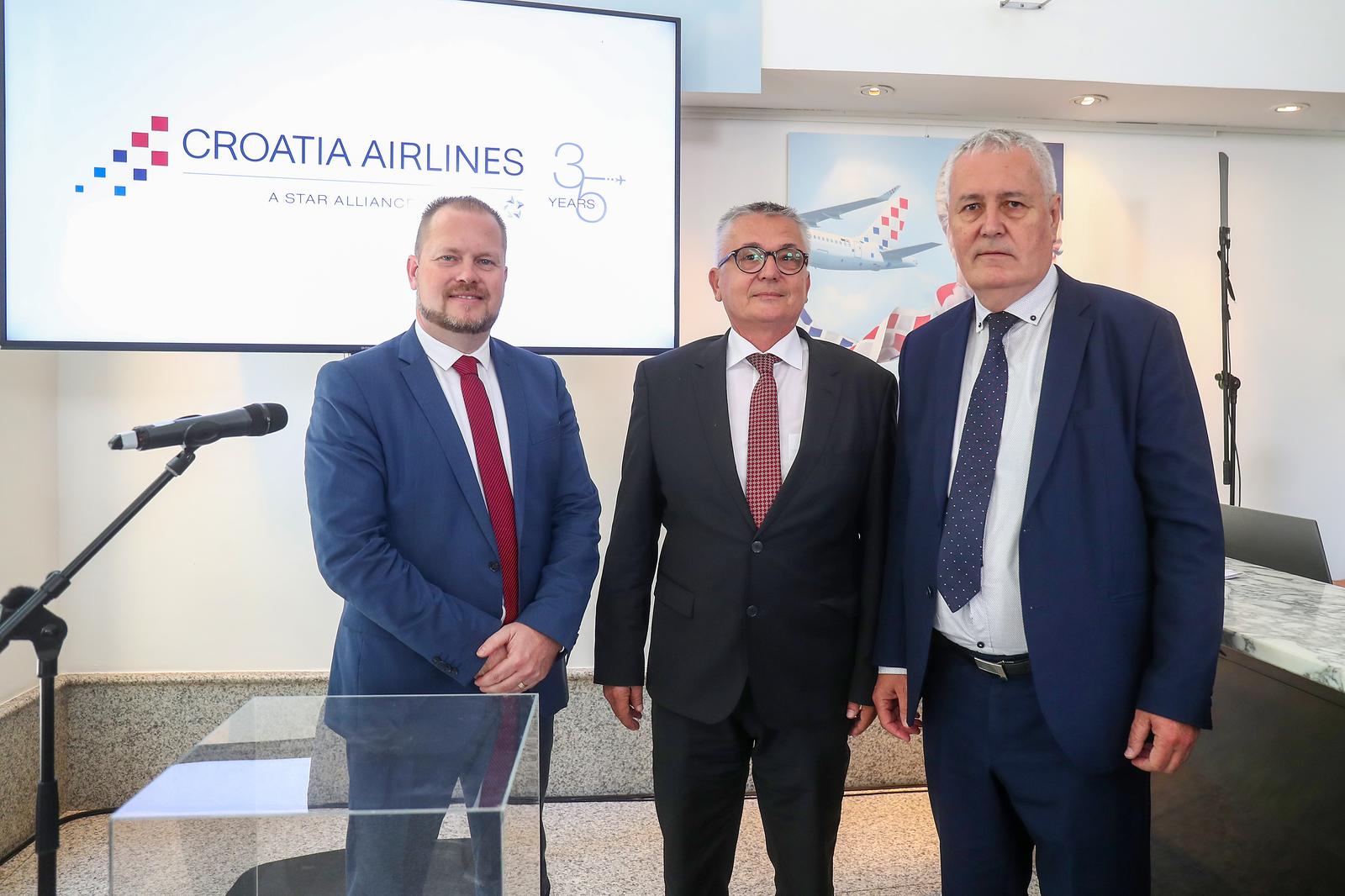June the 20th, 2024 – The biggest Croatia Airlines project in the company’s entire history is set to begin, with some very ambitious plans as a part of it.
As Poslovni Dnevnik/Mladen Miletic writes, Croatia’s iconic red and white checkers are everywhere these days due to the current football euphoria. It was only fitting that the recent presentation of the rebranding and new fleet of Croatia Airlines also fit into the national team’s June Euro colours.
Subtly redesigned checkers on the recognisable Croatia Airlines logo will adorn the new fleet, and the new brand identity of the national airline celebrating three and a half decades of flying is actually an introduction to the biggest Croatia Airlines project in history.
At the presentation at the company’s office in Zagreb, announcements of a new network of destinations, with the possibility of intercontinental flights, were all revealed. None of that would be remotely possible without an estimated investment worth half a billion euros in an impressive new fleet. After the arrival of the first aircraft in July, the second is expected by the end of 2024, while the next six should be delivered in 2025, four in 2026, and three remaining aircraft in 2027. As such, the new fleet of Croatia Airlines will number a total of 15 modern, economical A220 aircraft.
Long-time corporate designer Ivana Ivanković has been part of the national airline’s team for three decades, and at the presentation she pointed out that the new sign and redesign of the aircraft confirm the importance of Croatian national identity and the role of Croatia Airlines for Croatian visibility. Because, as someone rightly pointed out, Croatia Airlines planes are the first experience and “entrance” to Croatia for many, many travellers.
aircraft replacement was necessary
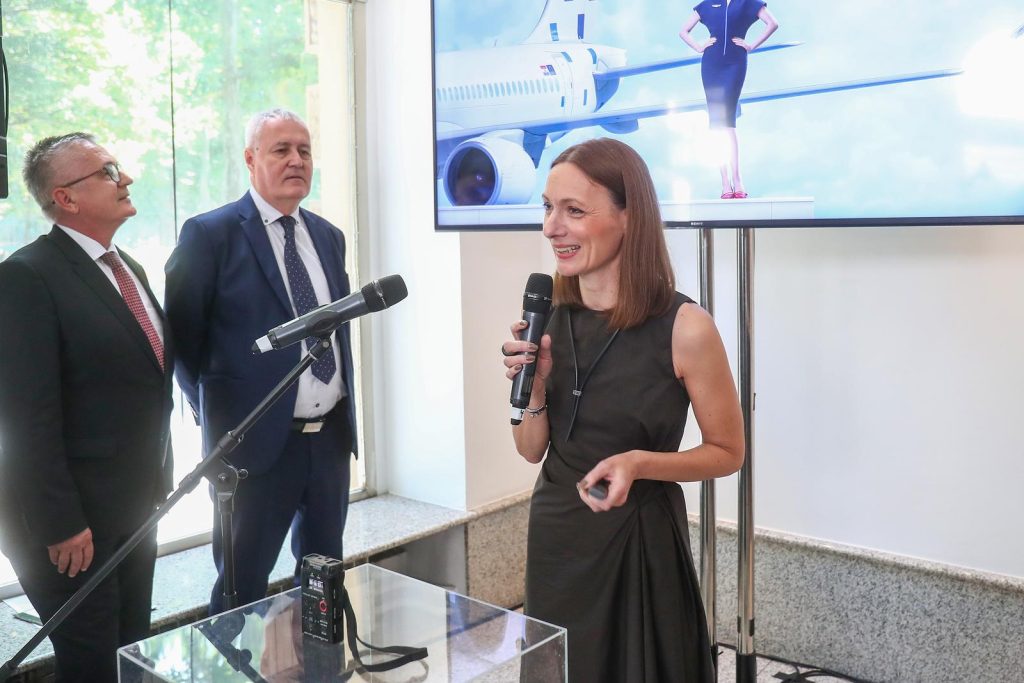
“The new design ensures better recognition and visibility. The red and white checkers are part of Croatia’s coat of arms, which dates back to the Middle Ages. The colour blue is also historically symbolic of the nation, and represents Croatia as a country of a thousand islands,” said the designer, who also recalled the designer of the first logo, created three decades ago. That was Vilim Vasata, a German art director and professor of communication design, with Croatian roots and a native of Zagreb. The new logo being unveiled as part of this massive Croatia Airlines project doesn’t deviate significantly from the previous one. The inspiration for the design was the design of the tail of the aircraft itself.
The interior of the cabin, which is a combination of dark blue and light blue colours, has also undergone visual changes. Part of the seats are also on display in the premises in Zrinjevac in Zagreb, and in addition to the new design, they’re more comfortable and wider, have adjustable headrests, built-in coat hangers, and passengers will like the USB-A and USB-C ports for the fast charging of mobile devices. The power of those new chargers is 60 Watts. In addition to all of that, the new Airbus A220, which is currently being completed in Canada, has practical holders for mobile phones and tablets above the table with cup holders.
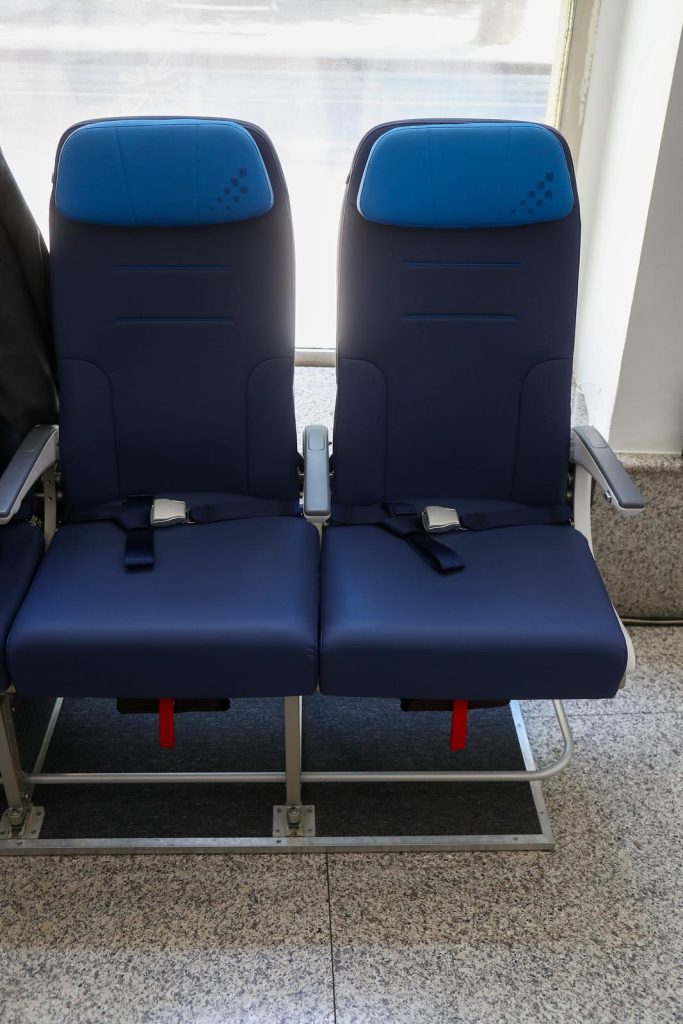
“Our aircraft is often the passengers’ first encounter with Croatia, and with this new design – that impression will be even stronger. In addition to that, the new interior will be more comfortable with larger windows, more space for luggage and quick WiFi internet,” said director of commercial affairs, Slaven Žabo.
The first new aircraft will have its premiere as part of this Croatia Airlines project this summer. It will operate on the line that was actually the first international one for the then new company more than three decades ago – to Frankfurt. The new planes will boast 148 and 127 seats in a 2+3 configuration.
“With the new aircraft, we’ll be able to achieve lower fuel consumption and CO2 emissions by as much as 25 percent. With 15 new Airbuses, the complete delivery of which we expect by the end of 2027, we will realise the full potential for growth and development with further expansion of the flight network. We’re going to continue to be an even stronger and more efficient strategic support for the Croatian economy, tourism and for all our business partners and travellers,” said the President of the Croatia Airlines Management Board, Jasmin Bajić.
The current fleet has examples up to 26 years old, and the noisy turboprop Dash Q400 airplanes that aren’t very popular with passengers at all. They will be retired, and the new planes will be 50 percent quieter. This year will be particularly challenging for Croatia Airlines due to the transition towards a unified fleet, Bajić pointed out, while hinting at some new steps in the company’s future.
are direct intercontinental flights coming?
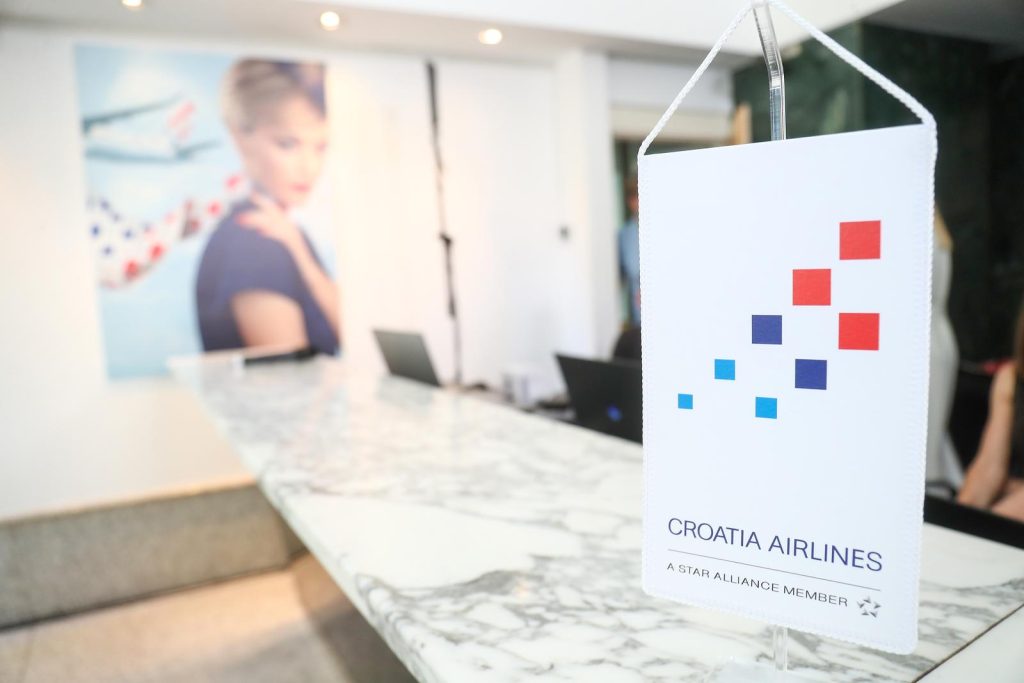
“For lines with smaller capacities, for example Zagreb – Sarajevo, we’ll find a partner company with turboprop aircraft that will operate these flights, and we’ll direct the new Airbuses to some new destinations. Our team is constantly scanning for new destinations, and we wish to launch direct intercontinental flights in the future,” emphasised the director of the national company.
The same was pointed out by the State Secretary in the Ministry of Maritime Affairs, Transport and Infrastructure, Tomislav Mihotić. “Croatia Airlines brings enormous benefits to both the economy and tourism. Croatia is positioned at the traffic hub of this part of Europe, and beyond that, the entire world. The new aircraft will contribute to the strengthening of these segments and will position this country more strongly on the traffic map of Europe and indeed of the rest of the world,” concluded Mihotić.
what are the costs of this huge croatia airlines project?
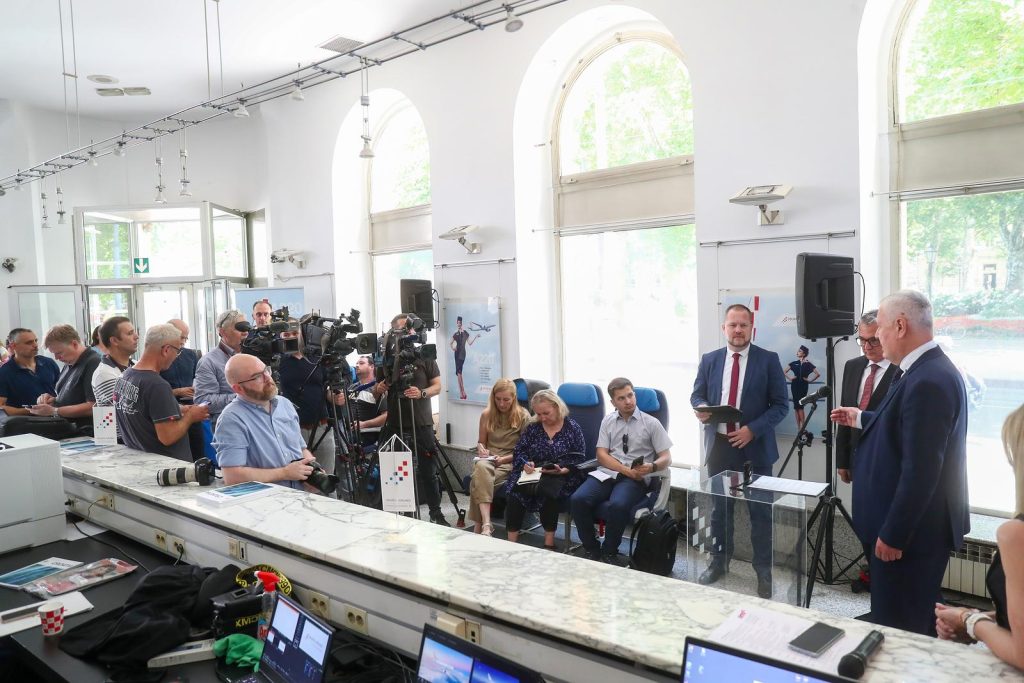
The price of the entire Croatia Airlines project hasn’t been publicly stated, the company states that the catalogue price of one such aircraft is about forty million US dollars, but Croatia has taken all 15 “pieces” for operational leasing for 12 years. In aviation circles, it’s estimated that the monthly leasing of this type of plane is between 200 and 300 thousand US dollars per aircraft. With maintenance costs, crew training and other operational costs, the whole business will probably cost the company more than half a billion dollars in total.
With such an impressive new fleet, Croatia Airlines can attract additional attention in regional markets, such as that of neighbouring Slovenia, which was left entirely without a national airline after the closure of Adria Airways.
Subscribe to our newsletter
the fields marked with * are required

